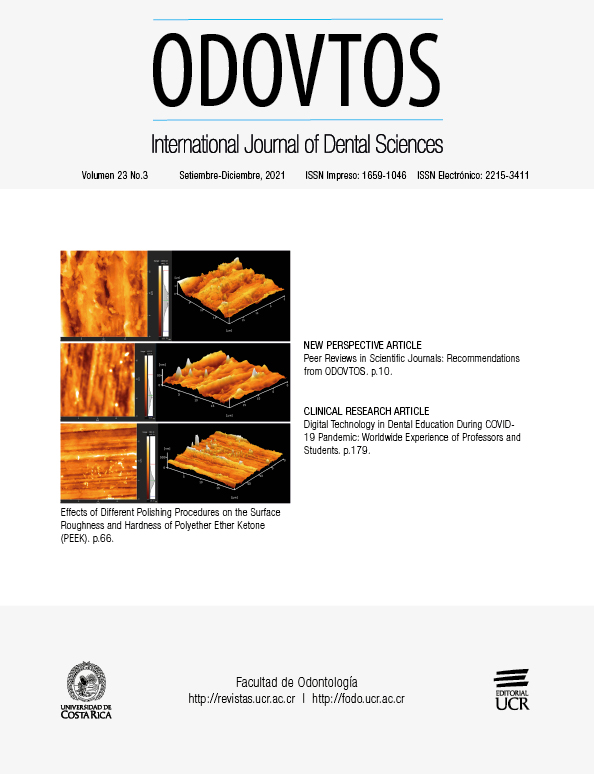Abstract
Despite the reported effects of smokeless tobacco (ST) on the periodontium and high prevalence of ST use in rural populations and in males studies on this specific topic are limited. The purpose of this cross-sectional investigation was to measure lipid peroxidation (as an end product of oxidative stress) end product i.e. Malondialdehyde (MDA) in saliva of patients with gingivitis, chronic periodontitis and to assess the influence of smokeless tobacco on Salivary Malondialdehyde (S-MDA). Total 30 patients with gingivitis, 30 with chronic periodontitis and 30 Smokeless Tobacco Chewers with Chronic Periodontitis and 30 periodontally healthy subjects were included in the study. Plaque Index (PI), Gingival Index (GI), Probing Pocket Depth (PD), and Clinical Attachment Loss (CAL) were recorded followed by stimulated Saliva sample collection. Salivary MDA Levels were assessed by UV Spectrophotometry. There was a statistically significant increase in the salivary MDA levels in gingivitis, chronic periodontitis and in smokeless tobacco chewers with chronic periodontitis when compared with healthy group. Higher salivary MDA levels in gingivitis group, chronic periodontitis, and smokeless tobacco chewers with chronic periodontitis reflects increasedoxygen radical activity during periodontal inflammation.


